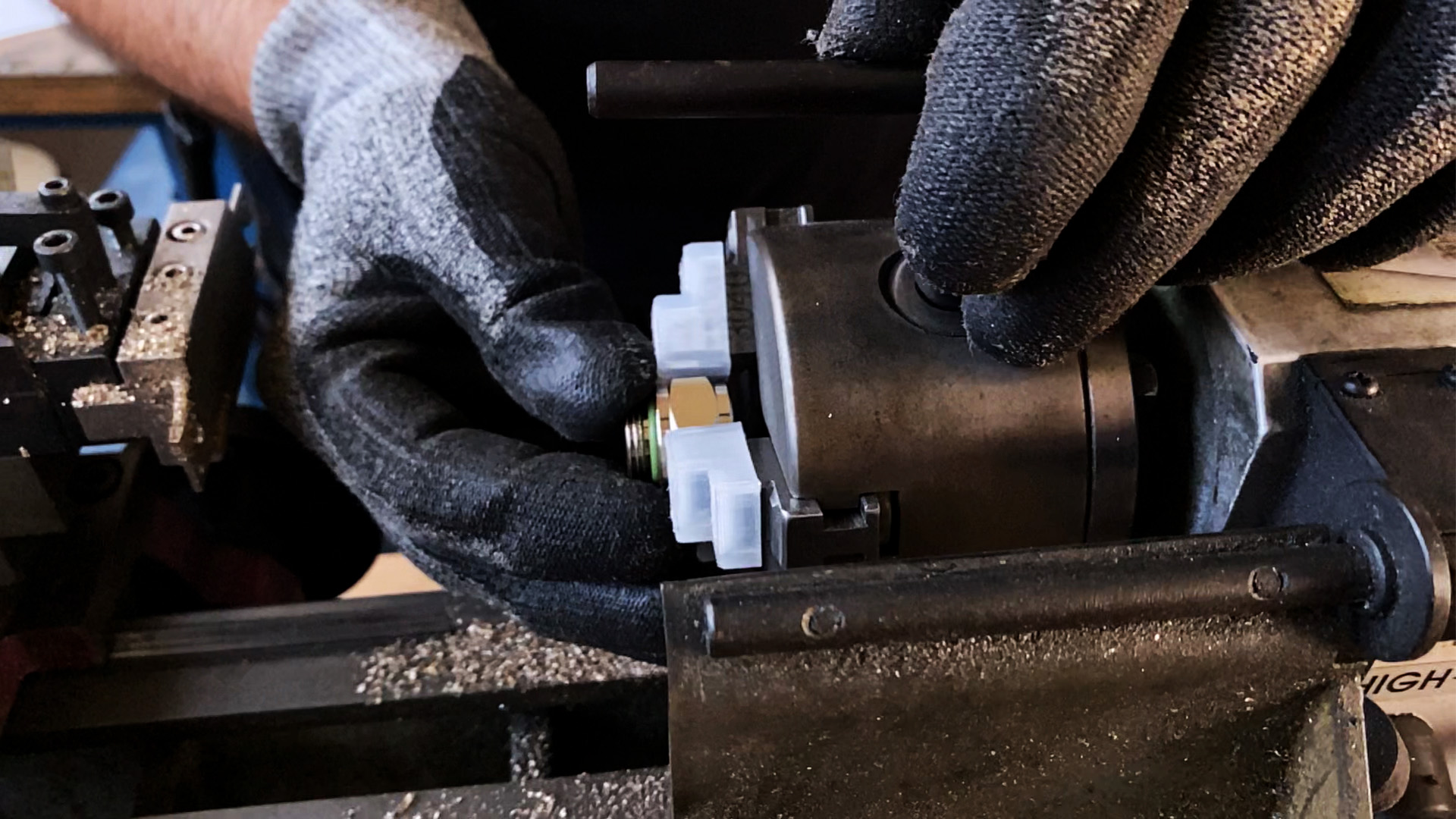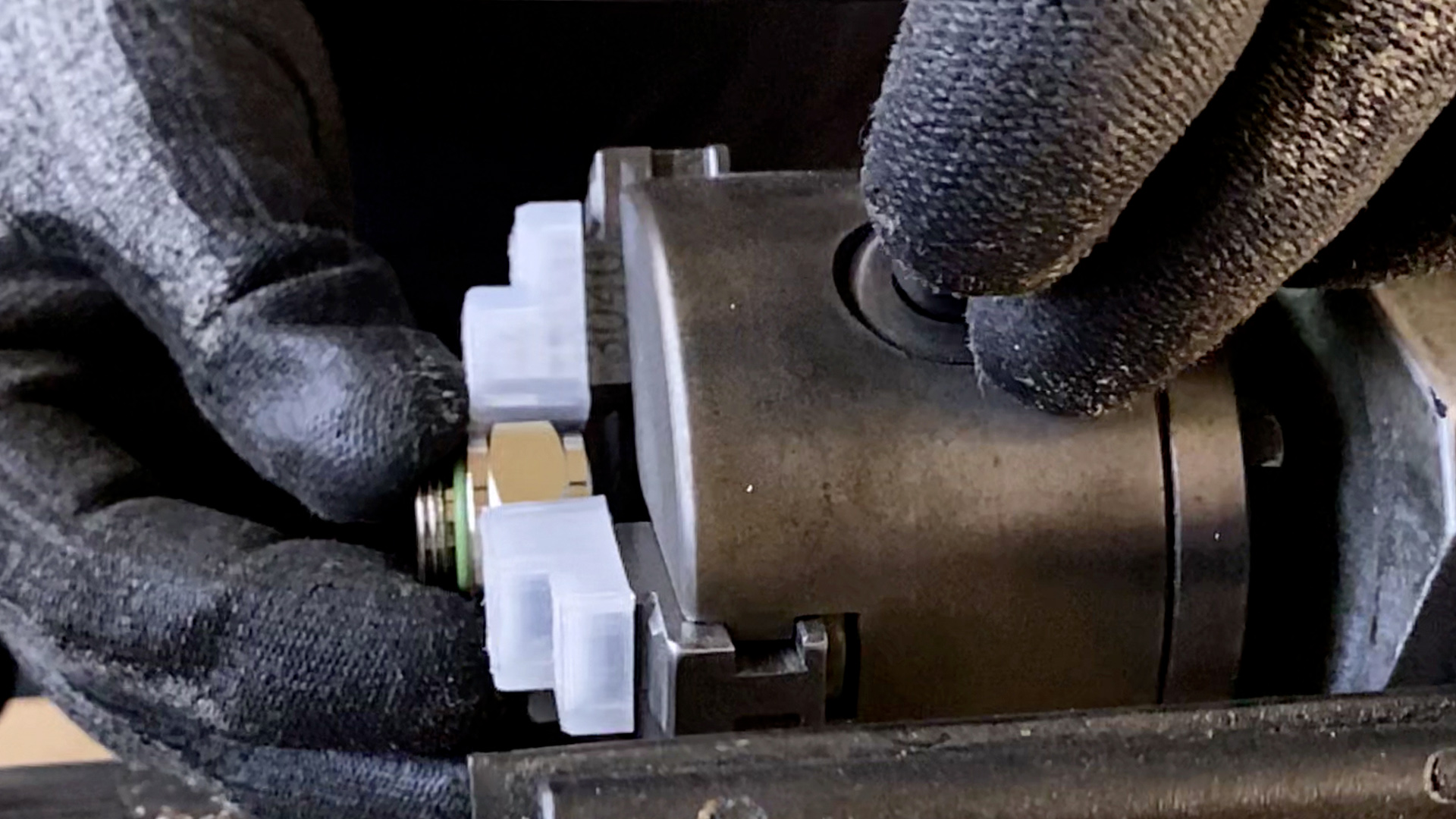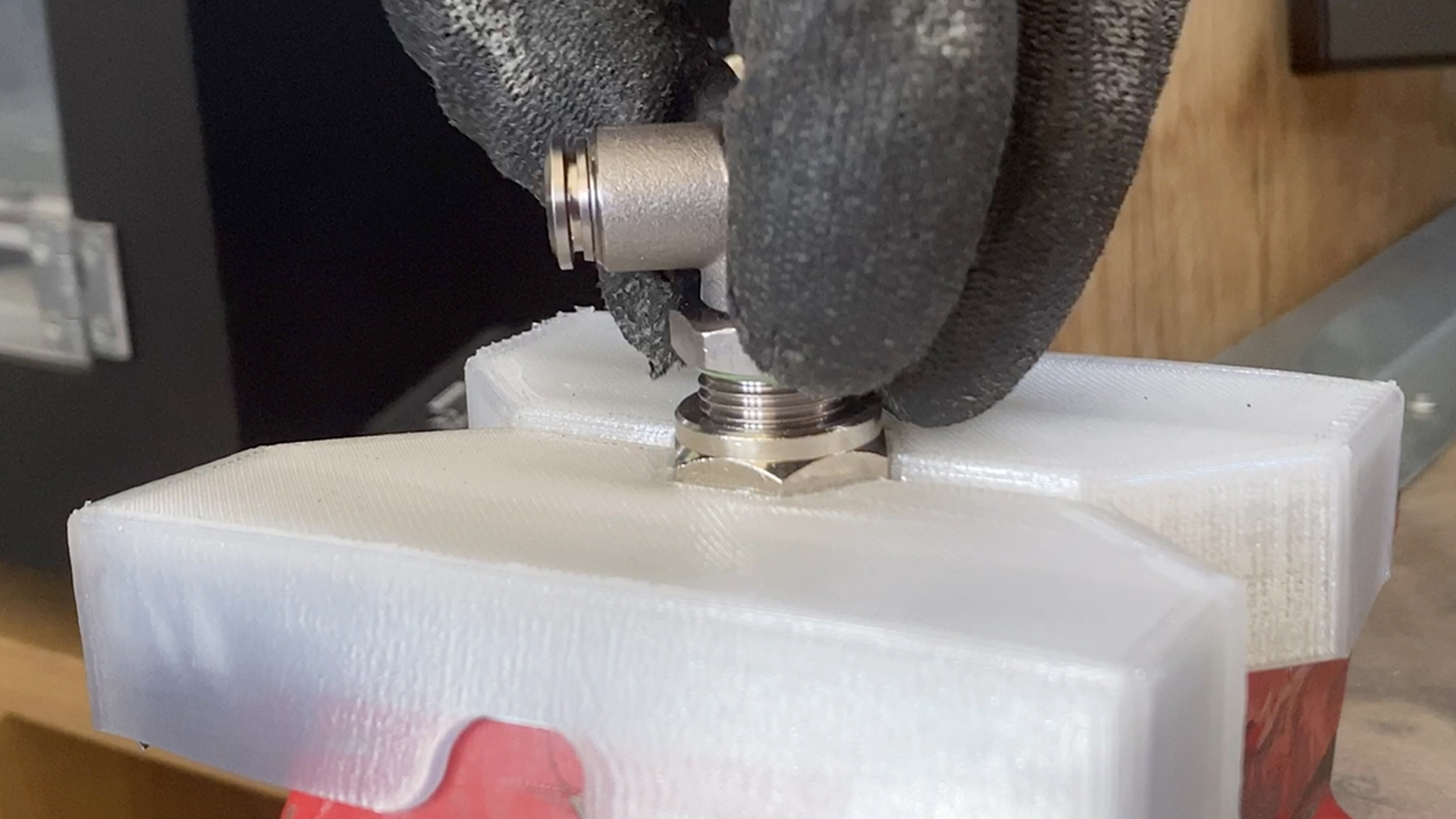
How to avoid damages to parts with 3D printing
Scratches, scuffs, and markings have a strong impact on the quality and acceptance of parts, potentially reducing their useful lifetime and aesthetic quality. It is especially important to ensure that parts that are in the final stages of manufacturing look their best since damage can lead to a refusal of the part and therefore a loss for the company, not to mention potential further losses from having to manufacture the part again.
Therefore, operators and technicians will often use creative solutions like cardboard or cloth to prevent leaving scratches and markings on parts that are, for example, being tightened in a vice, but they are suboptimal. There is limited possibility to adapt the protector to unusual geometries and there is no guarantee that these materials will be able to withstand the rigors of the manufacturing process.
Which materials do you use to protect parts?
The best practice is to use soft, flexible protectors to protect parts that are being worked in a lathe, or to prevent marking and scuffing of parts being tightened in a vice. This is especially true for parts that are made of a material that is soft and might be damaged by contact with another material, for example scratching when a soft metal is being worked in a hard metal gripper.
Protectors come in many forms and sizes and are usually made of flexible materials like rubber and soft plastics. They are designed to cushion the impact of two parts coming in contact, protecting them, and preventing marking or damage.
The right geometry is not always available, though. The ideal protector is designed around the part that needs protecting and, for example, the jaws of the vice, ensuring a perfect fit for both. This ensures that pressure is applied in the correct places, so the part is held well during the manufacturing process. To produce these customised parts, an appropriate flexible material is needed as well as a manufacturing method that allows maximum design freedom. Thankfully, Roboze has both.
The Roboze solution: Flex-TPU 3D printing material
The Roboze 3D printing ecosystem has the ideal solution for manufacturing customised protectors for workshops.
The perfect material for protectors needs to be both flexible, strong, and with good impact resistance. These are exactly the qualities that Roboze’s Flex-TPU (Thermoplastic Polyurethane) filament possesses, a 3D printing material able to take strong impacts while at the same time manufacturing great looking parts.
Flex-TPU, as the name implies, is a material that is used to make flexible parts. It is a hard elastomer (98 Shore A), with an ability to stretch to great lengths (up to 400% elongation), high elasticity even below 0°C, and excellent resistance to abrasion. It also has a wide chemical resistance to common lubricants and oils.
These properties of Flex-TPU, when combined with the design freedom of additive manufacturing, allow the manufacturing of high quality, customised protectors for tools such as lathes and vices that have shapes that are adapted to the parts and the tools in question.
Production of protectors for workshops with Roboze PRO series 3D printers
3D Printing Flex-TPU can be easily done on Roboze PRO Series.
Including two solutions, One PRO and Plus PRO, this series becomes critical in the current context of supply crisis by obtaining prototypes and tools on demand quickly, without the need of a physical warehouse, reducing the dependence on times and costs of external suppliers.
The reduced footprint of the PRO 3D printer means it can fit even in small machining shops. This allows the easy and fast manufacturing of protectors for a huge variety of applications, such as those shown below. These parts can be printed in a matter of hours or even minutes, cutting out the middleman and giving a company the ability to manufacture customised protectors in-house. Lead times are therefore greatly decreased because there is no longer the need to acquire protectors externally, leading to faster manufacturing times and therefore happier customers.


The ability to customise the geometry of the protectors is one of the reasons for using 3D printing. As can be seen in the parts above, in particular the vice jaws, flexible parts can be manufactured for any kind of part geometry. One of the main features of 3D printing is the greatly increased design freedom compared to traditional manufacturing, allowing the easy manufacturing of geometries that are difficult if not impossible to make using conventional techniques.
This design freedom is further enhanced by the ability to vary the in-fill of the 3D printed protectors. Therefore, the flexibility can be increased or decreased as needed, allowing for an even greater variety of applications. When a stiffer protector is need, the in-fill can be left at 100%, while softer, more flexible protectors will have a lower in-fill. Reducing the in-fill also decreases print time, allowing protectors to be manufactured even quicker than with 100% in-fill.
Access the enormous advantages of the Roboze PRO series. Contact a dedicated consultant today and see how to improve your production processes. Roboze provides its customers with its know-how in the design and manufacture of industrial 3D printers and in the production of 3D parts on demand with high strength and high temperature polymers. Our experts will listen to your requests and help you find the right solution for you.
E-mail at info@roboze.com or fill out the form on the contact page.
